preserving citrus peel
From Peels to Powder – Preserving Citrus
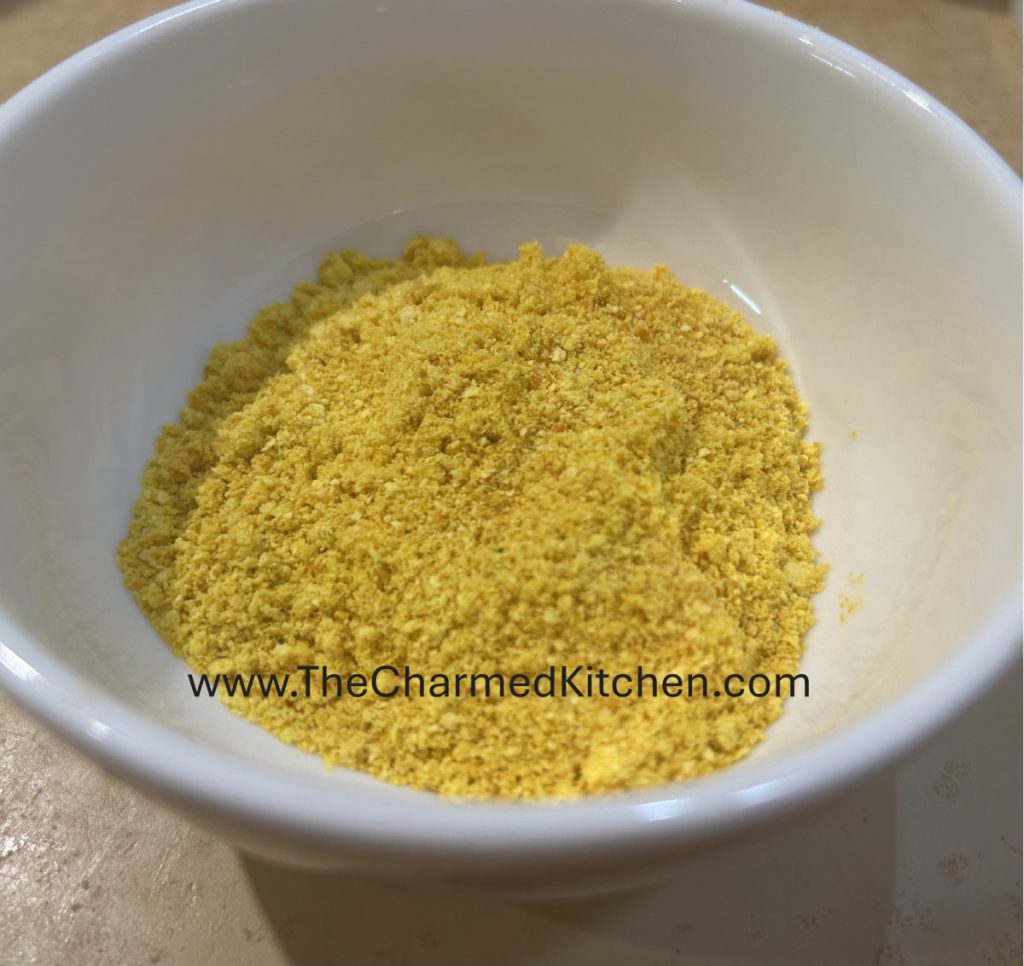
I recently posted a picture of some powdered orange and lemon peel I had made. I got so many questions I decided to do a post about the process. It’s an easy way to have orange, lemon and lime zest on hand whenever you need it. Since it is citrus season I have a lot of oranges around right now as well as other citrus. The process is very easy, so here we go.
Saving the Peels
You want to harvest peels, keeping the colored part and using as little of the white pith as possible. For lemons, limes and naval oranges, I prefer to peel the colored parts using a vegetable peeler. For thin skinned mandarins, temple oranges and clementines, you can use the whole peel, as the white pith is very thin. I always wash and dry off the fruit before peeling.
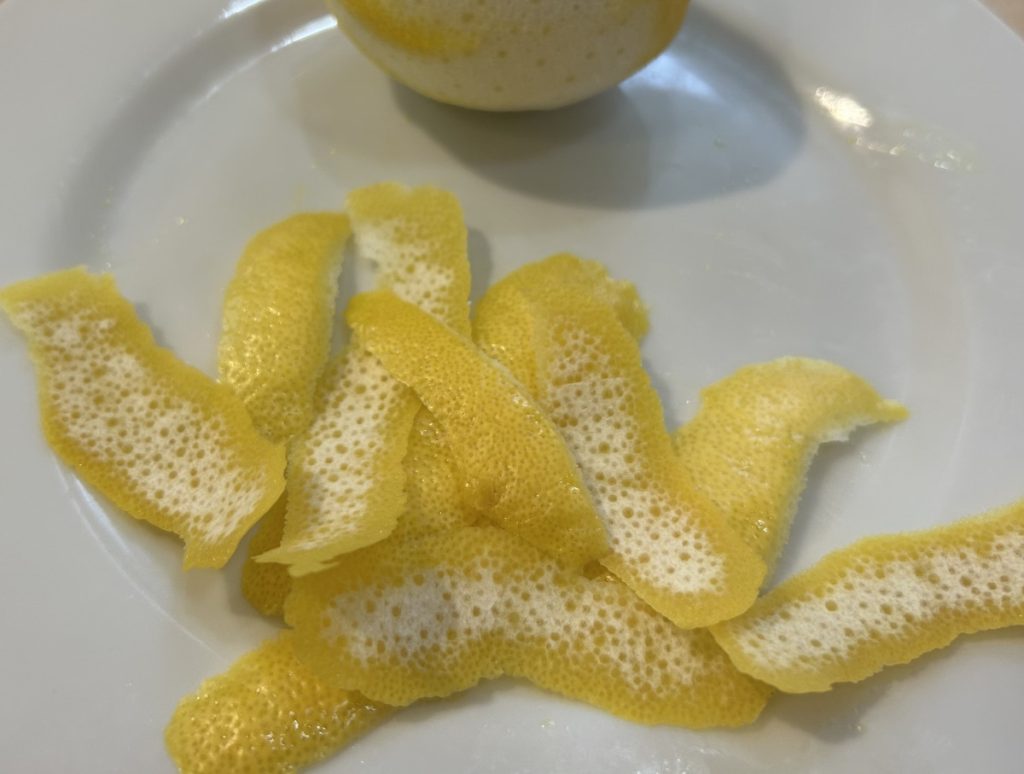
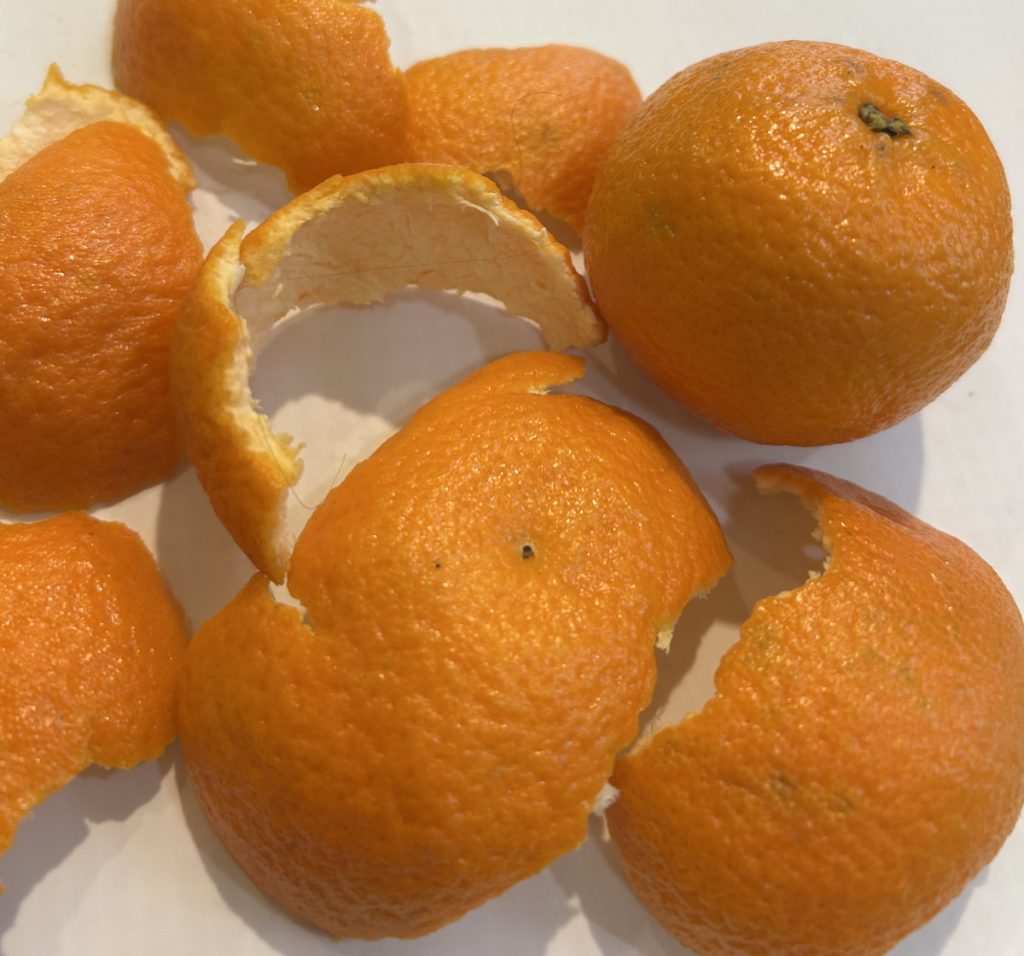
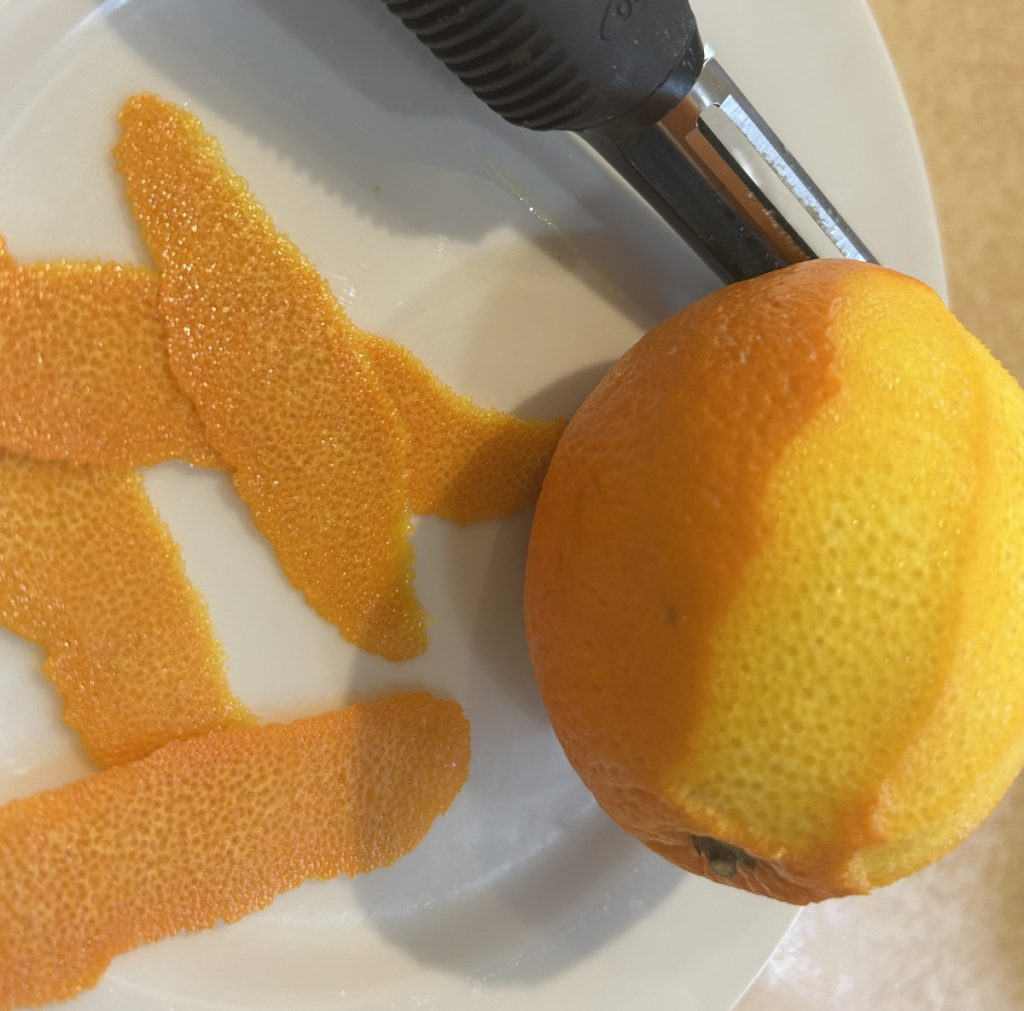
Drying the Peels
The drying part has two methods, fast and not as fast. If you want to dry your peels fast you can put them in a dehydrator and they will be ready in a matter of hours. I usually take a more passive road and just place the peels in a basket to air dry. That takes place in a warm, dry part of the house. Near a heating vent works quite nicely. Because I cook a lot, my kitchen is too humid an environment. The basket allows for good air circulation. I toss the peels every now and again. It takes maybe a week for the peels to dry this way. They are dry when they break when you bend them. If you have a lot of peels, you might want to start a second basket to hold them. Besides, if you keep adding fresh peels, you will never have a basket of fully dried peels. I move partly dried peels to a smaller basket to keep them separate from newer peels. If you pile lots of peels in too small a basket or don’t allow for enough air circulation, you can get mold growth. Use common sense.
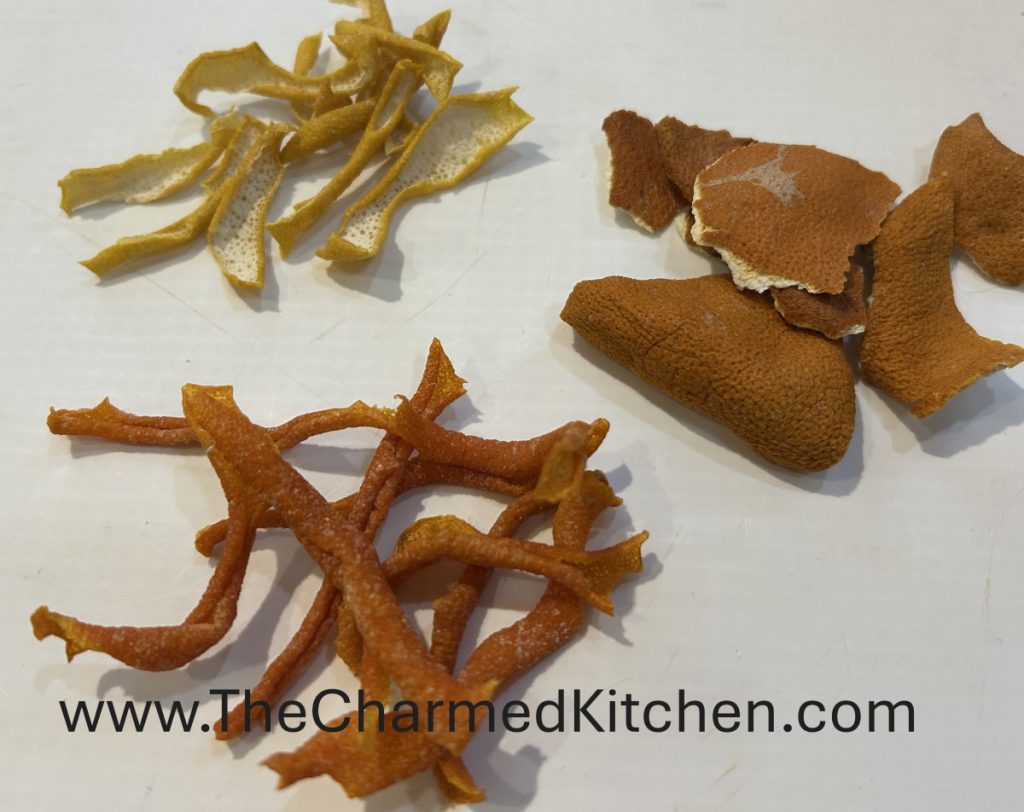
Time to Powder Them
Once you have dried peels, you will want to grind them into a powder. I use a spice/coffee grinder. I only use it for peels and spices and I have a second one for coffee. Fill the grinder and run it, pulsing it every minute or so, until the peels are transformed into a powder. You can grind until all the bits are a fine powder, or stop, now and then, and sift your powder then return any bigger pieces to the grinder. Once you are done you will end up with a fine citrus powder.
Store the Citrus Powder
The powders are fine when stored at room temp if they are fully dried. However, they hold their color and flavor better if you keep them in the freezer or fridge. Use an air tight container. If they weren’t fully dried there is a slight risk of mold growth. I’ve never had that happen, but in theory it could. That is why I make sure they are brittle when I grind them and keep them in my freezer.
Using the Citrus Powders
The powders are a stronger version of fresh zest. You won’t need as much to get the same flavor. Its about a 3/1 ratio. A teaspoon of powdered citrus is about the same as a tablespoon of fresh. Having a nice supply of ready to use citrus powder has me adding them to all sorts of dishes, both sweet and savory. They add a nice zip to salad dressings and a friend adds orange zest to her coffee before brewing. I love to add them to muffins, scones, waffles and pancakes along with baked goods. They also add a nice flavor to marinades and spice rubs. Or use when steeping tea.
Saving Fresh Zest
You can also save fresh citrus zest. If you don’t want to dry citrus peels you can use a microplane or other tool to grate the peel off. It will be a smaller zest, not bigger pieces of peel. Then just pop them in a freezer container and freeze. Don’t press them down or they will be harder to spoon out once frozen. Use these the same way you would use fresh zest.
I also make candied citrus peels, but I must admit to finding the powders more useful. It’s also a freebie, in a way. You were likely to toss out the peels, or maybe at least compost them. This way you gain a handy ingredient that you can use all the time, year round. Hope this was helpful.



